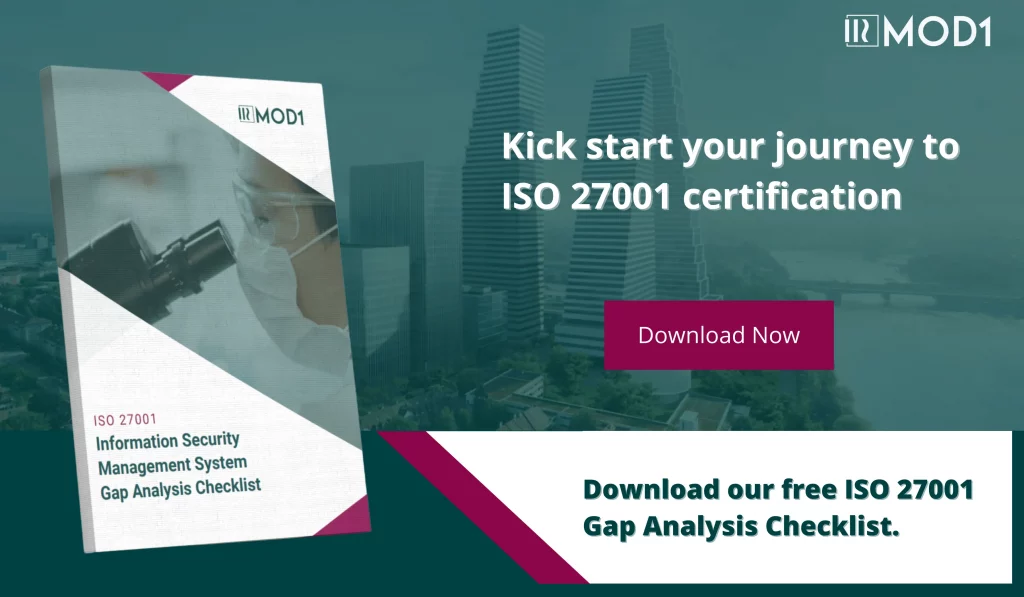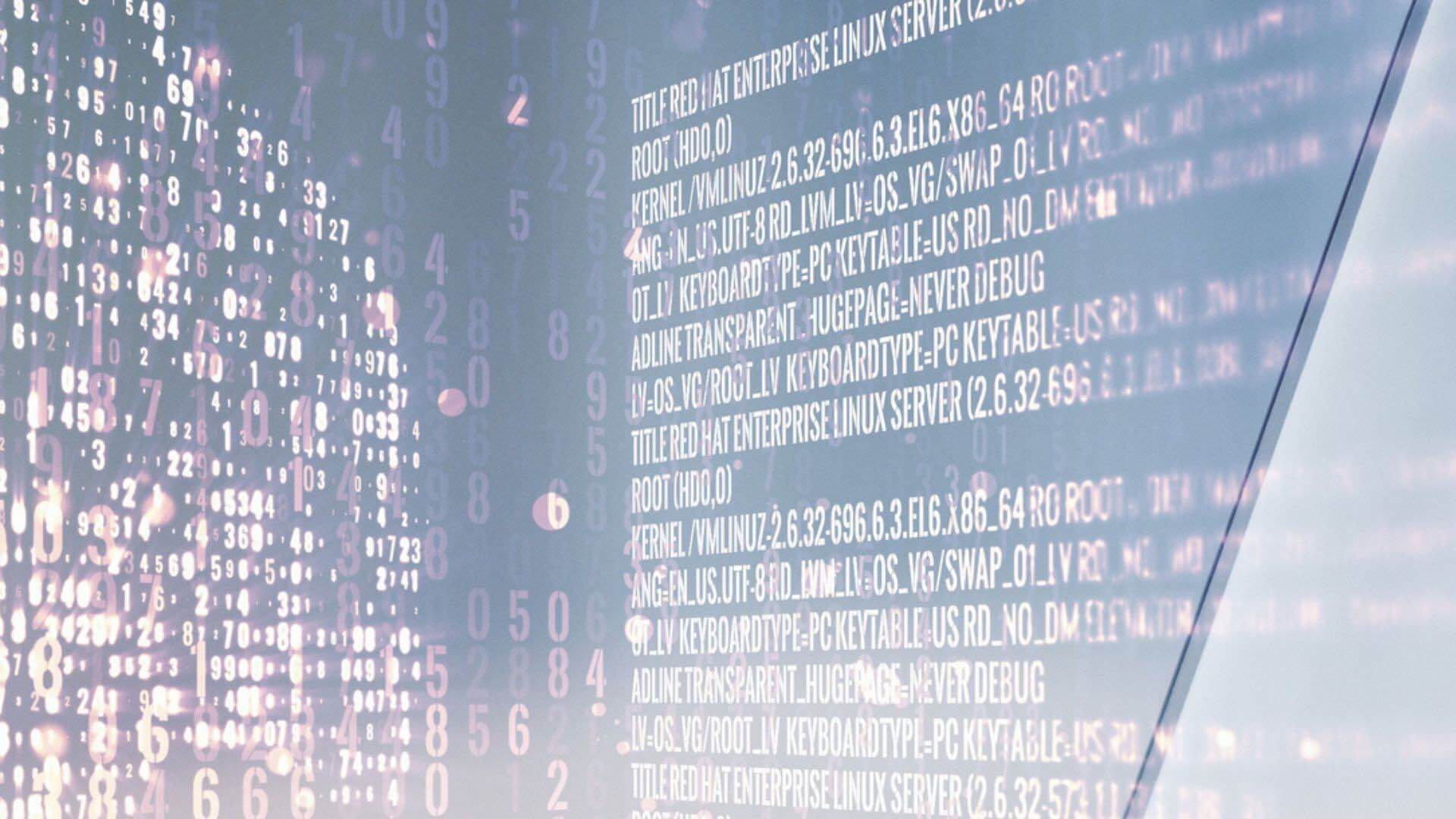
This post will provide answers to the following fundamental questions concerning ISO 27001 gap analysis:
As you are undoubtedly aware, the global pandemic has accelerated the rise of digital health applications and spurred digital innovation in the life sciences sector. The cybersecurity, privacy and compliance challenges presented by this rapid transformation make adopting a risk-based approach to protecting information assets integral to corporate missions and business success.
Having understood the necessity of implementing an information security management system (ISMS) within your digital life sciences organisation and established the business case for ISO 27001 certification, the next logical question is:
“How do we go about implementing an ISO 27001 certifiable ISMS?”
Embarking on an ISO 27001 certification project can often seem like a daunting task, particularly for digital healthcare businesses functioning in stringent regulatory environments and processing burgeoning quantities of sensitive data whilst developing the maturity of their internal governance processes.
The good news is that as complex as implementing an information security management system may seem, a lot of it will already be in place. It may not be verifiable, complete or comprehensive, but the core elements will undoubtedly exist in some shape or form. The question then becomes one of:
“Where are we now, where do we need to be, and how do we get there?”
And this is where the gap analysis comes into play.
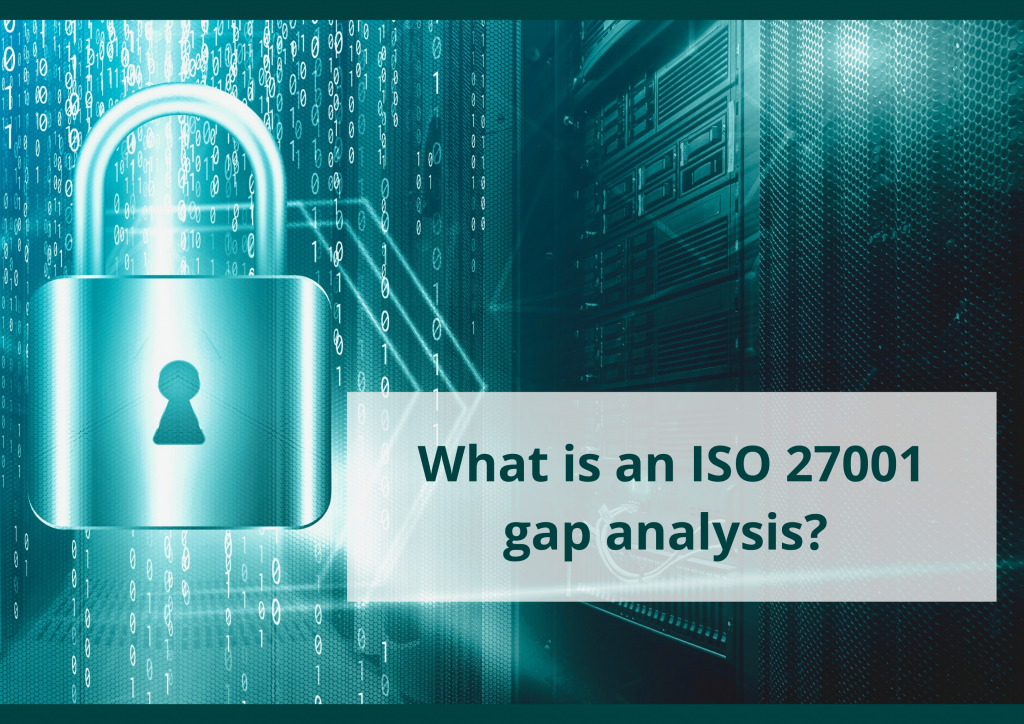
So, what is an ISO 27001 gap analysis?
A gap analysis is a tool that enables businesses to perform a preliminary assessment of the shortcomings of their existing information security management capabilities compared to the standard’s requirements.
What are the benefits of an ISO 27001 gap analysis?
For many organisations, executing an ISO 27001 gap analysis is an essential first step in planning for a successful ISO 27001 certification project. Performing a gap analysis can help approximate the proposed implementation scope and determine the resources (people, time, and finances) necessary to achieve certification readiness. The results of a gap analysis can also provide valuable insight into the feasibility of undertaking a full-blown ISO/IEC 27001 certification project before investing significant time and money into it.
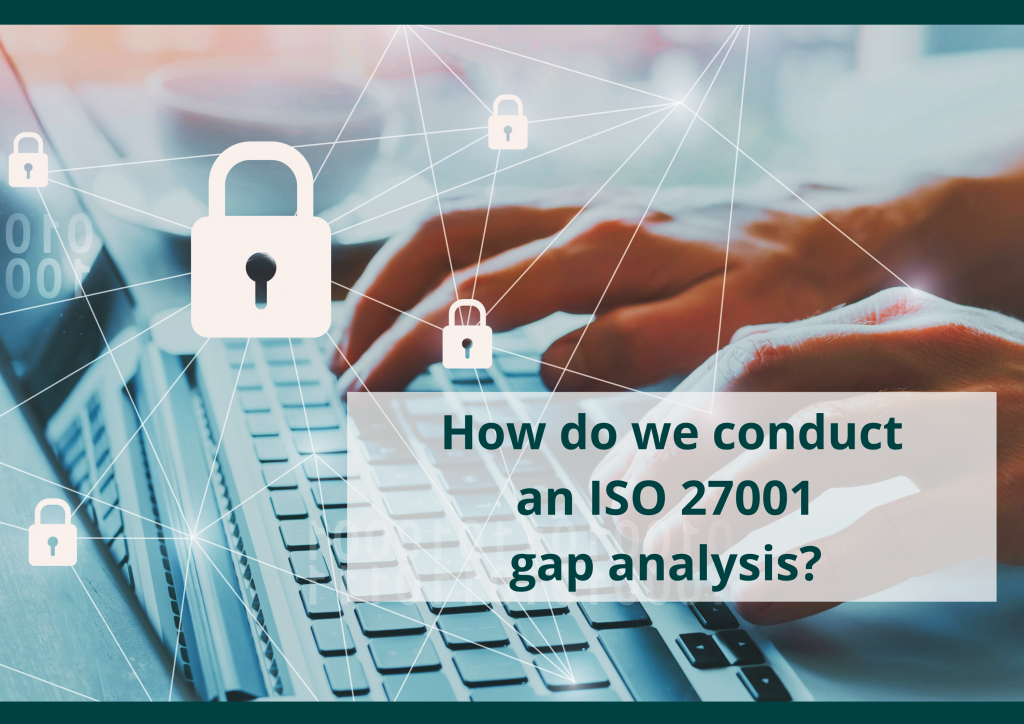
How can we conduct an ISO 27001 gap analysis?
The process of conducting a gap analysis is relatively straightforward. You would typically start by drafting a gap analysis checklist document in Word, Excel or PDF format. The checklist is essentially a list of requirements in questionnaire format, aligned to the ISO 27001 clauses and Annex A controls.
You would then perform a self-assessment of your existing information security management capabilities by reviewing each question in turn and checking the boxes for which the organisations’ existing measures meet the individual requirements. The number of conditions met in each section would then be calculated as a percentage of total requirements to give a quantitative indication of certification readiness. If there is any uncertainty about whether a condition has been satisfied, the overriding view should be whether an external auditor would accept the existing provision.
Whilst implementing the gap analysis, it is helpful to have official copies of the standard (ISO/IEC 27001) and the code of practice for information security controls (ISO/IEC 27002) to hand. The ISO/IEC 27000 series of standards for information security management systems are available for purchase directly from the International Standards Organisation or via their network of certified resellers.
We have decided to implement an ISO 27001 certified ISMS. Do we still need to conduct a gap analysis?
Technically, no. However, conducting a gap analysis can significantly reduce the effort required to plan an ISMS implementation project. If your organisation lacks the experience or knowledge to assess whether your existing arrangements meet the standard’s requirements, then a gap analysis is highly advisable.
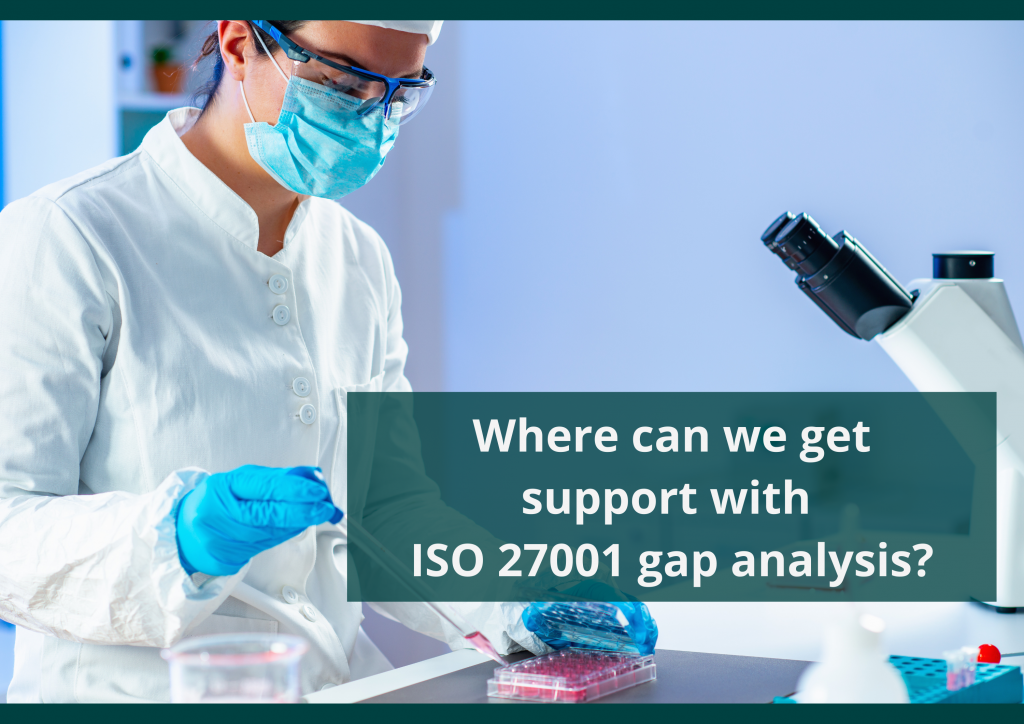
Where can we get support with our ISO 27001 Gap Analysis?
If you want to perform the gap analysis yourself, you can download the free MOD1 ISO 27001 gap analysis checklist. If you require additional support, you may be interested in our ISO 27001 Gap Analysis Service, which provides a detailed assessment of the compliance gaps in your existing information security management system compared to the ISO 27001 certification requirements.
We deliver a comprehensive report highlighting deficiencies and providing recommendations on measures required to meet the certification objectives. You also benefit from a management presentation that walks through the report’s content to help guide you through the issues observed and the most logical steps forward based on your certification goals.
Our insights help you and your team approximate the proposed scope of your management system implementation and determine the resources (people, time, and finances) necessary to pass the ISO/IEC 27001 certification audit.
Unlike other ISO 27001 compliance services providers, our consultants hold the ISO/IEC 27001 Lead Implementer accreditation and are accustomed to working in the highly regulated digital health sector. We appreciate that no two organisations are the same, so we tailor our services to each client’s size, complexity, risk appetite, and budget.
Schedule a discovery call today and kick start your ISO/IEC 27001 certification journey.
Identify the risks in your Information Security Management System with our free ISO 27001 Gap Analysis Checklist.
